Below is an archive of all the fascinating fishes we have highlighted in our monthly newsletter.
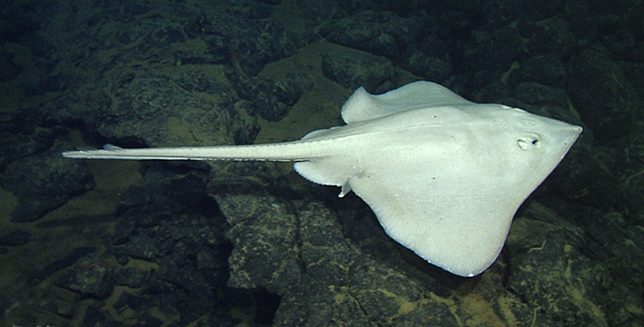
Deepsea Skates (Bathyraja spinosissima and Bathyraja trachura)
Habitat: North Pacific.
Size: 25cm (at birth), to 1.5 meters.
Good at: Being a contender on Survivor.
Bad At: Suntanning.
A close relative to sharks, skates are found throughout the world’s oceans, but a few species known as deep-sea skates can tell us a great deal about what it takes to live in extreme conditions. Bathyraja trachura, for instance, have a higher tolerance for living in low-oxygen environments than almost any other fish. And the species Bathyraja spinosissima have been observed using an innovative method of incubating their eggs by putting them in underwater hydrothermal vents. Living one to two thousand meters underwater means that they grow much slower than their relatives up closer to the sun, and a typical skate egg can take four years to incubate. This method of warming them up seems to be speeding up this incubation time, and resulting in “smiling raviolis” being born much quicker.
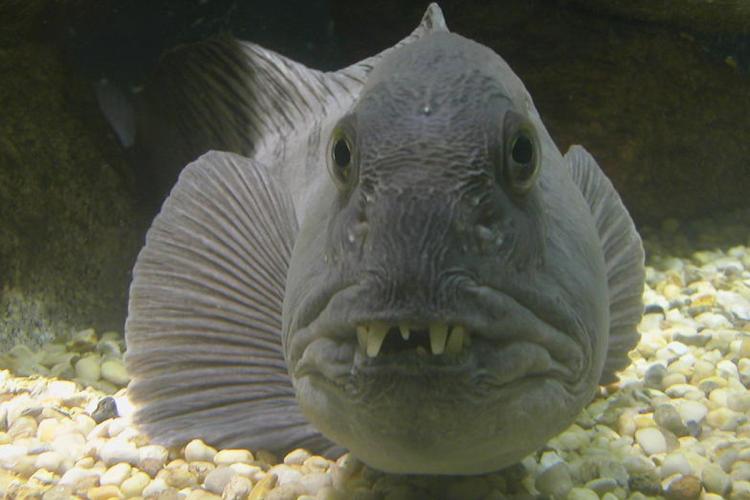
Atlantic Wolffish (Anarhichas lupus)
Lifespan: up to 20 years
Habitat: Atlantic Coast of North America from Labrador to Great South Channel and Georges Bank.
Good at: Smiling for the camera
Bad At: Keeping up with old friends
These blueish-grey fish tend to spend their lives solitary, pairing up with a mate for only a few months each year. Thetapered bodies and large round heads of the Atlantic Wolffish are not their most distinguishing features: that would be their multiple rows of teeth. So many, in fact, that their front teeth will protrude from their mouths, giving them a wolf-ish smile. They’ve been heavily fished off of Cape Cod and the coast of Maine, and have recently been added to the Slow Food Ark of Taste, which calls for their protection from overfishing. Their disappearance means the growth of their preferred prey – sea urchins and green crabs – which have begun to disrupt the region’s ecosystem.

Box Jellyfish (Cubozoa)
Size: up to 10 feet long, and 10 inches across
Habitat: Coastal waters off Northern Australia and throughout the Indo-Pacific.
Good at: Winning swim races
Bad At: Finding a friend to swim with
They have a bad wrap for having some of the most deadly venom in the world, but Box Jellyfish are fascinating for much more than that. Unlike other jellies, they’re able to move deliberately instead of just floating with the movement of the water, and can move up to four knots through the water. They also have clusters of six sophisticated eyes on all four sides of their bell!
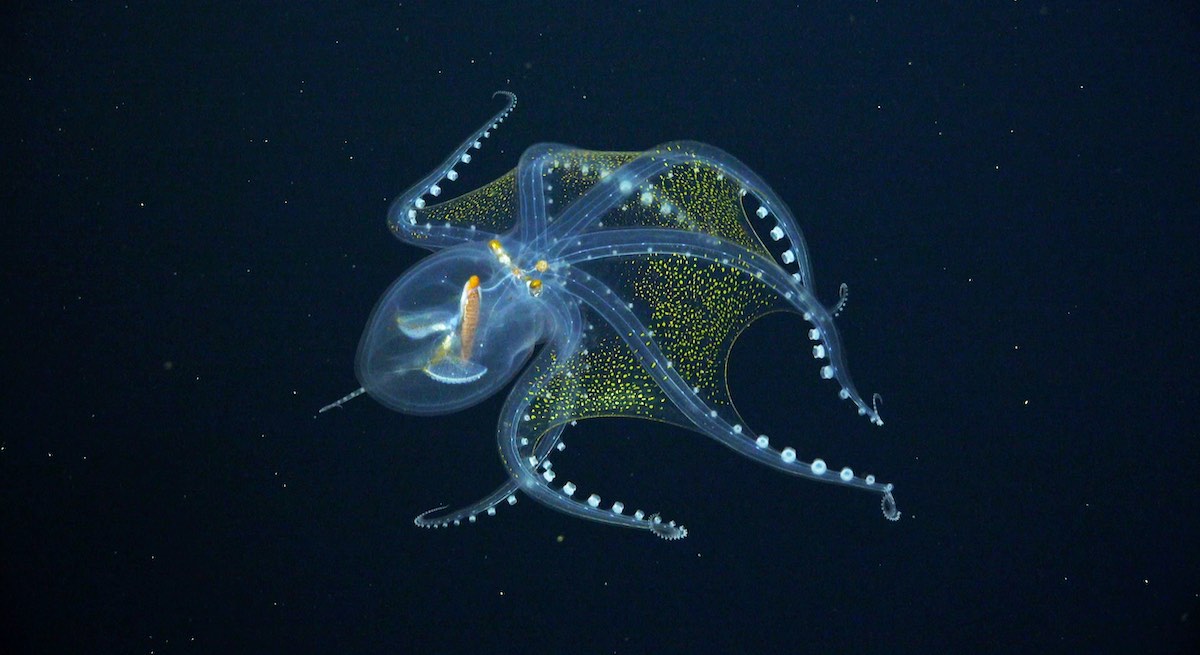
Glass Octopus (Vitreledonella richardi)
Size: up to 1.5 feet long
Habitat: Tropical and subtropical waters, 3,000 feet below the surface
Good at: Playing hide-and-seek
The Glass Octopus is rarely seen not only because of its translucent and luminescent body, but also because it lives almost 1,000 meters below the ocean’s surface. One of the least studied cephalopods, it can only be spotted by its optic nerve, eyeballs, and digestive tract that can be seen through its translucent body! Until recently, scientists had mostly come across signs of them in the guts of their predators. Check out this incredible footage of them from a recent expedition by the Schmidt Ocean Institute.
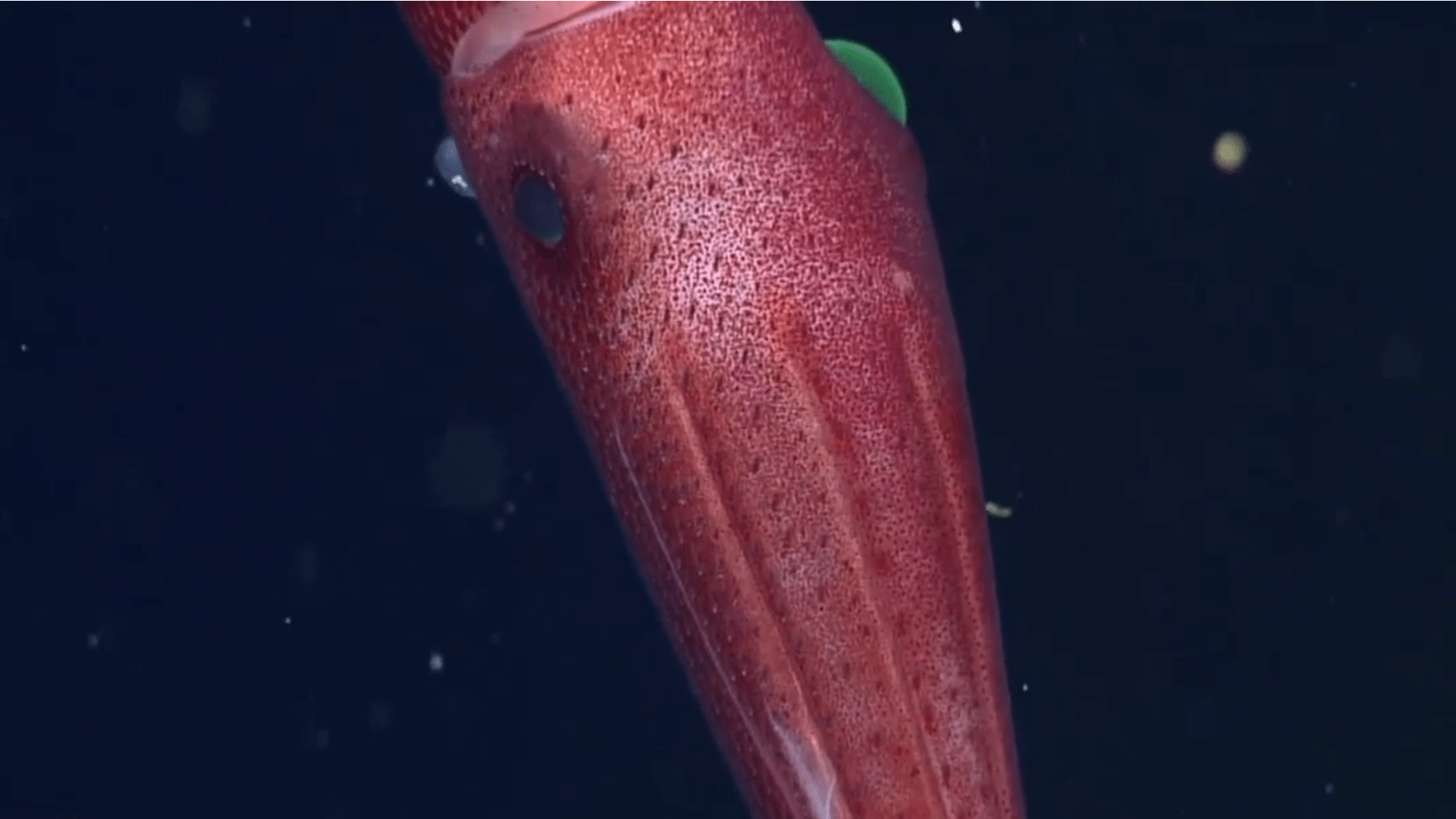
Strawberry Squid (Histioteuthis heteropsis)
Size: 8” mantle
Habitat: Atlantic ocean, 1,000 meters below the surface
Good at: Making fruit salad
Meet the Strawberry Squid, also known as the Jewel Squid! It has two very uniquely adapted eyes. One eye is large, tubular, and yellow, which is used to look up through the water column and spot shadows of prey. Meanwhile, its other, much smaller, blue eye faces down, looking for any signs of bioluminescence from other potential meals.
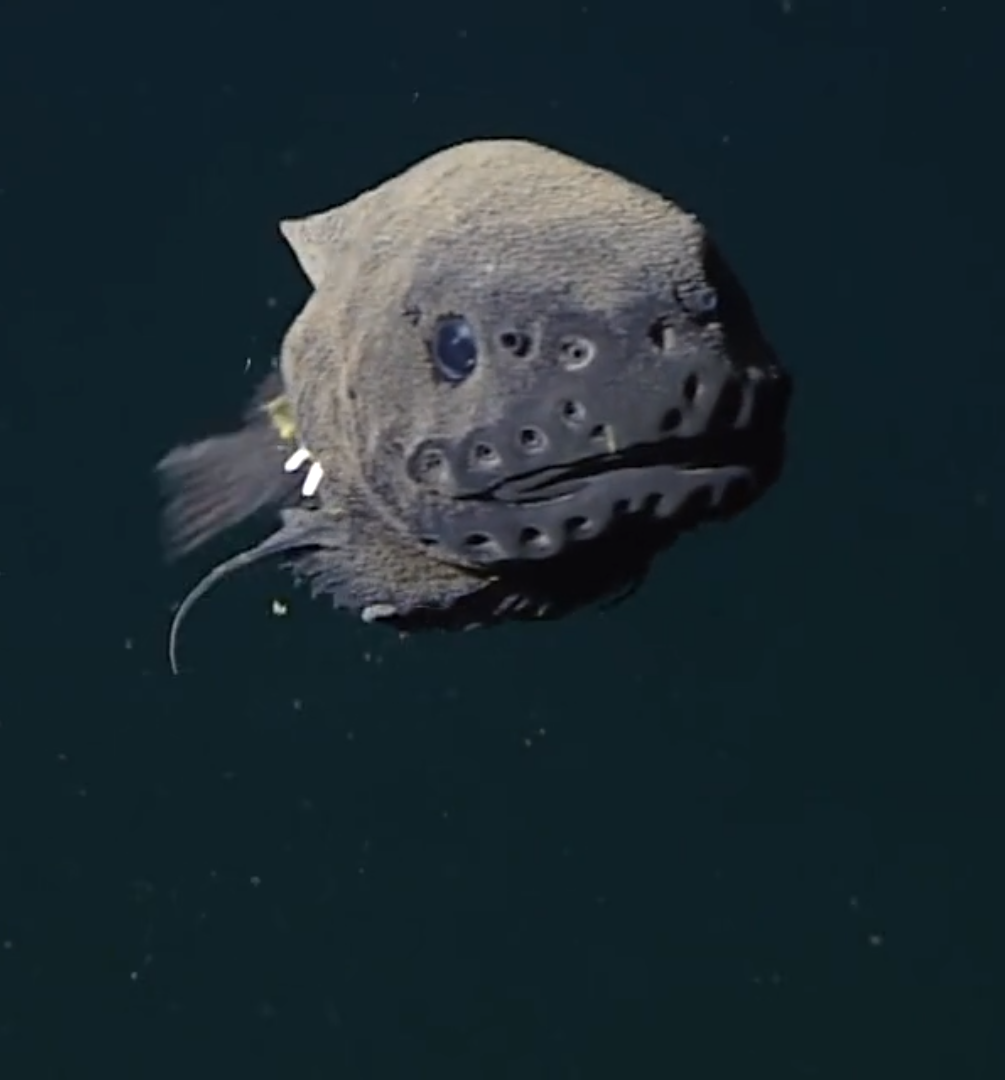
Threadfin Snailfish (Careproctus longifilis)
Size: 12 inches
Habitat: cold, dark places at around 5,500 meters from the ocean’s surface
Good at: threading needles
Bad at: sunbathing
Threadfin snailfish are a unique species that were first recorded in their natural habitat last February. Little is known about these fish as their deep benthic habitat makes them hard to study, and they do not survive the trip to the surface due to pressure differences. We do know that threadfin snailfish lack scales and are shaped more like a tadpole than a fish and prefer colder waters around the globe.
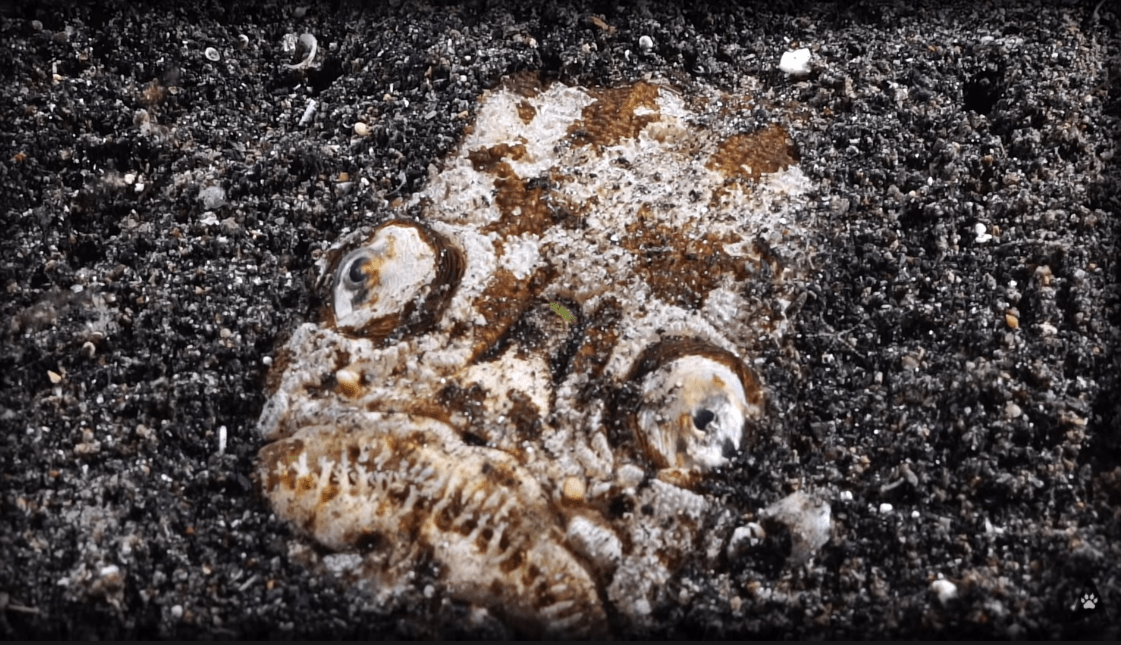
Stargazer (Uranoscopidae family)
Size: 18cm – 90cm
Habitat: 5-150m deep, worldwide
Good at:
Bad at: Making friends
With over 50 species, stargazers are found all around the world. Stargazers are ambush predators who bury themselves in the sand, using different methods to lure prey closer before snatching them up, creating a vacuum with their mouths as they launch out of the sand. While all species of stargazers are venomous, some are even able to produce electric shocks, thought to be a defense mechanism to warn off predators. To learn more about these cool creatures, check out this video.
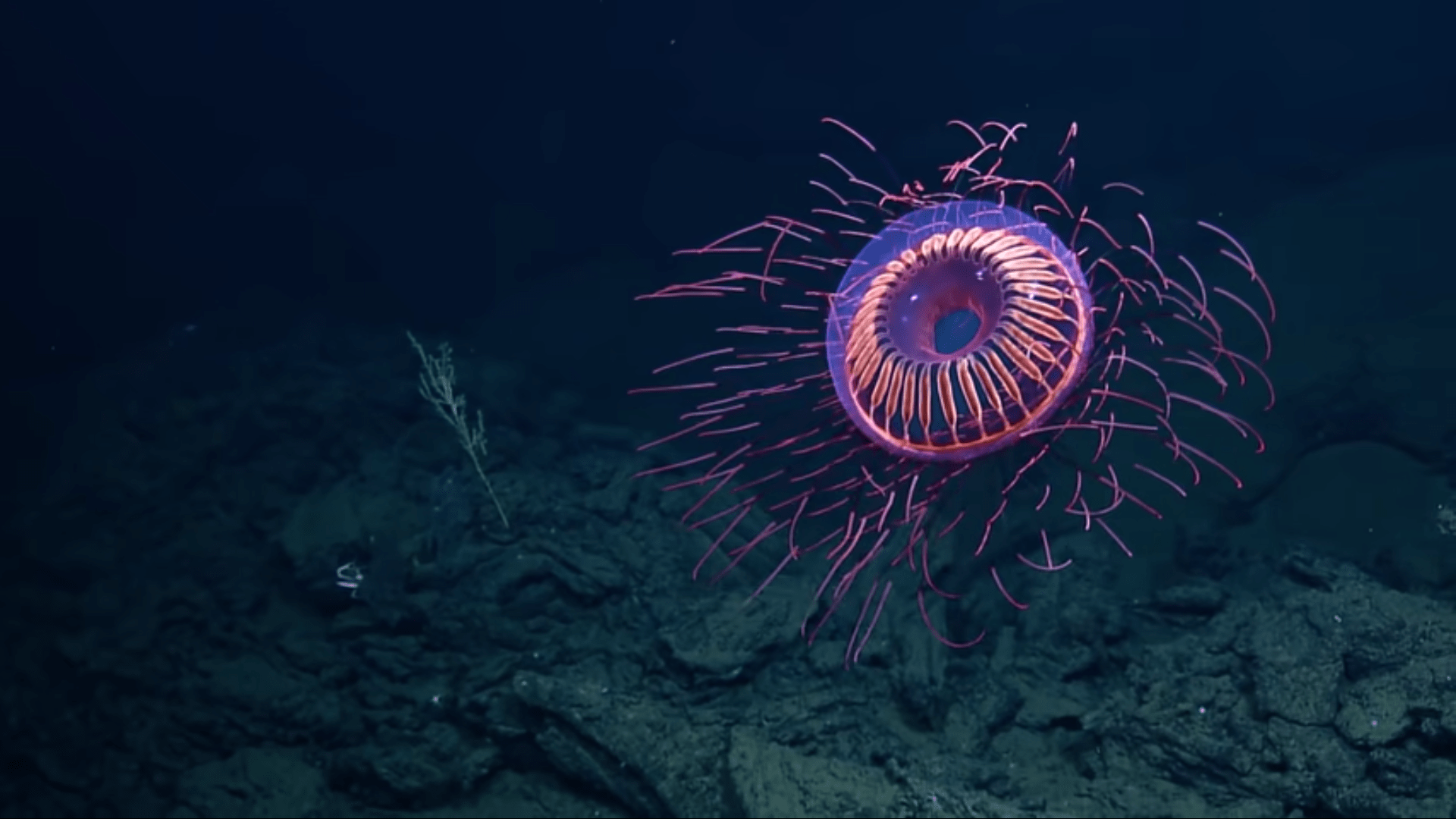
Firework Jellyfish ( Halitrephes maasi)
Size: 5.9 feet long
Habitat: Deep Sea
Good at: Lighting up the room
Bad at: Toning it down
First discovered in 1909, it was most recently seen in depths of around 4,000 feet off the Baja California Peninsula, but has been observed all around the world. The vibrant pattern is created as nutrients move through the jelly’s bell, forming the starburst pattern. Without the lights of the Nautilus, the firework jellyfish drifts around virtually unseen. Check out this Nautilus Live video of this beautiful creature.

Tasseled Wobbegong (Eucrossorhinus dasypogon)
Size: 5.9 feet long
Habitat: shallow coral reefs
Good at: Decorating the floor
Bad at: Grooming its beard
A species of carpet shark, the Tasseled Wobbegong inhabits coral reefs off the coast of Australia. Tasseled wobbegongs get their name from the fringe around their head, which is used to camouflage them on the bottom of the sea floor. Even their species name dasypogon literally translates to “hairy beard.” Resting during the day inside caves or under ledges, it uses its tail to lure prey in by mimicking small fish and comes out at night to forage.
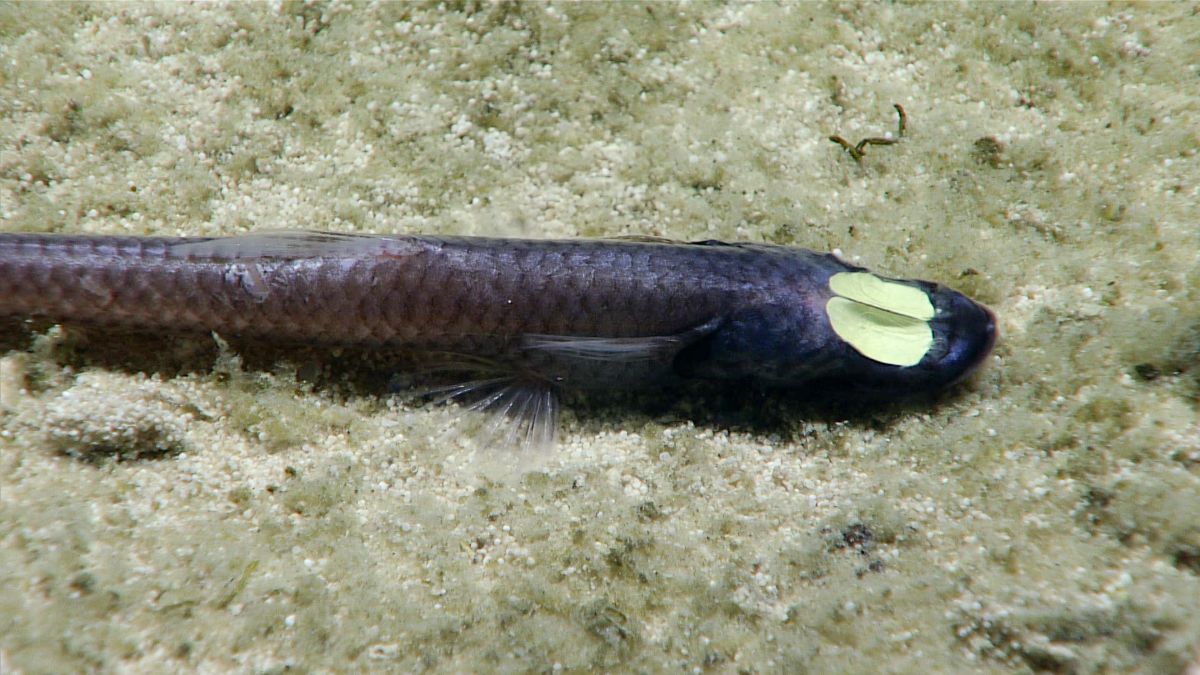
Grideye Fish (Ipnops meadi)
Size: 2-4 inches
Habitat: Abyssal plains; 3,000-5,000 meters
Good at: Looking at things from a different perspective
Bad at: Noticing details
A dweller of the deep sea, the grideye fish is easily recognized by it’s plate-like eyes atop its head. The eyes lack a lens, qualifying them more as photosensitive plates, since the fish only detect differences in light. Detecting the differences in light is thought to be key in detecting bioluminescent predators and prey in the darkness at the bottom of the ocean.
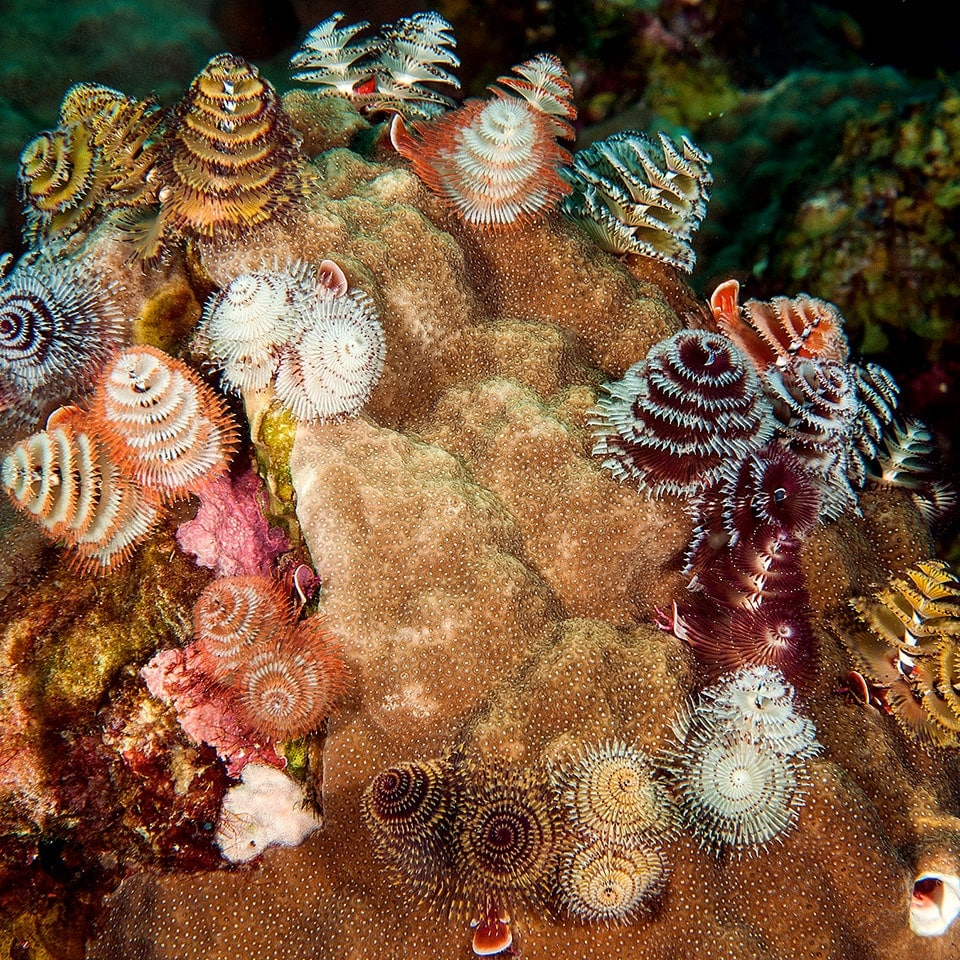
Christmas Tree Worm (Spirobranchus giganteus)
Size: 1.5 inches tall
Habitat: Coral reefs
Good at: Putting decorations up
Bad at: Moving
For Christmas Tree Worms, it’s always the season to be jolly. These polychaetes are easily spotted because of their brightly colored crowns protruding from their tube-like bodies. Their crowns are not just for looks though, and are important in respiration and catching dinner. While their “plumage” is easily spotted, most of their bodies are anchored in burrows that they bore into live corals.
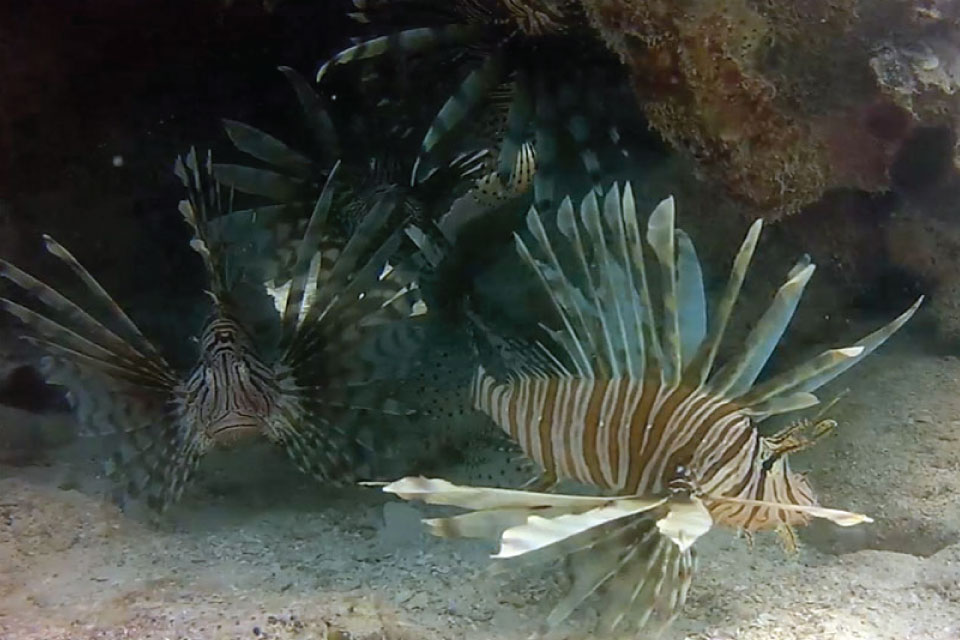
Zebra Turkeyfish
Size: Up to 10 inches
Habitat: Indian and Pacific Oceans
Good at: Turkey impersonations
Bad at: Giving hugs
Also known as the Zebra lionfish, the Turkey lionfish fish is equipped with 13 quill-like dorsal spines, giving it an intimidating, yet turkey-like appearance. The zebra turkeyfish is native to the Pacific and Indian oceans, but has recently made an appearance in the Atlantic Ocean. Their appearance is likely due to the dumping of these fish as pets. With a lack of predators, zebra turkeyfish are invasive in the Atlantic Ocean, and are being watched closely to better understand their role in this ecosystem.
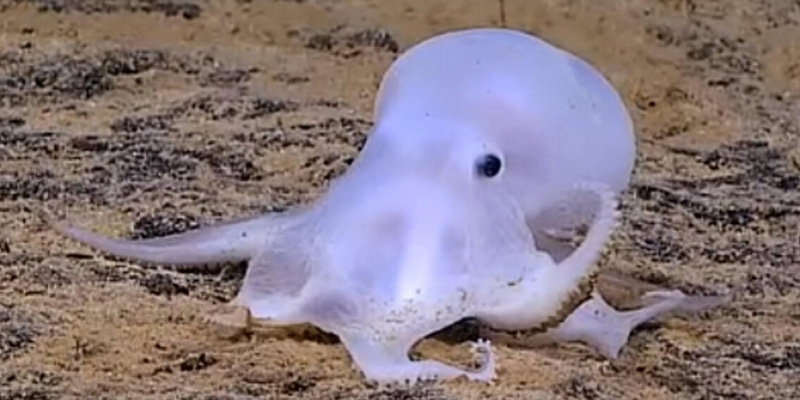
Ghost Octopus
Size: 12 cm
Habitat: 4,000 meters below the surface
Good at: Casper impersonations
Bad at: Being spooky
It’s Spooky Season — so this month we’re featuring the Ghost Octopus! Originally discovered in 2016, not much is known about the ghost octopus. The ghost octopus does not have chromatophores, pigment cells that give cephalopods their color, resulting in its eerie ghostlike appearance. These octopuses, lay their eggs on sponges that grow only on manganese nodules on the seabed at a depth of 4,000 meters. Without the manganese nodules, the sponges would not be stable enough to support the eggs. Moreover, deep-sea mining of manganese could make this species extremely vulnerable.
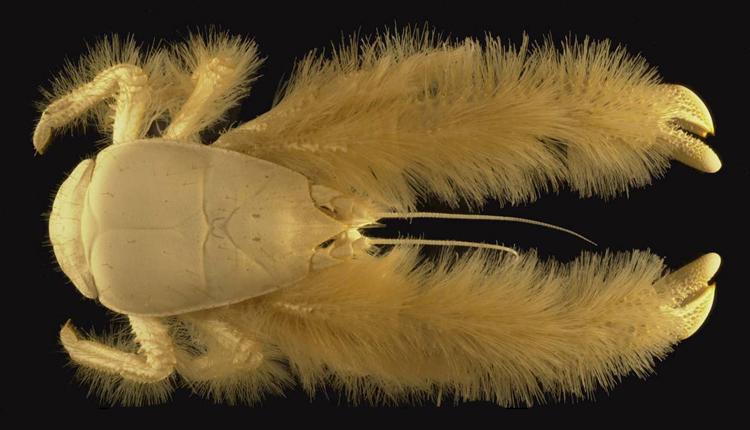
Yeti Crab (Kiwa hirsuta)
Size: ~15 cm long
Habitat: Deep-sea hydrothermal vents
Good at: Farming
Bad at: Trying out new hairstyles
Discovered in 2005 during the Census of Marine Life Project, the yeti crab is not only a new species, but a new genus. Scientists speculate that the hairy legs aren’t meant to catch food, bur rather to grow it! The hairs create a habitat where filamentous bacteria thrive, and scientists believe the crabs cultivate the bacteria by holding their arms over hydrothermal vents.
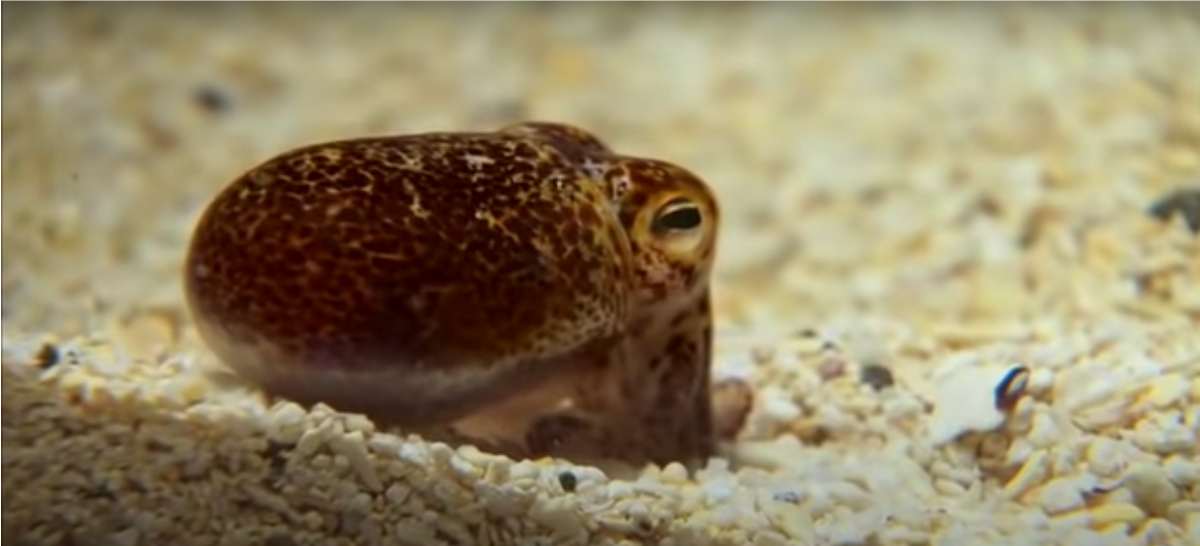
Hawaiian Bobtail Squid (Euprymna scolopes)
Size: up to 3 inches
Habitat: Coastal Pacific Ocean
Good at: Bioluminescence
Bad at: Waking up in the morning
Partner in crime: Vibrio fischeri
Look at this little cutie, and do it quickly because the Hawaiian bobtail squid is a master of disguise, burying itself in the sand during the day, and using bioluminescence to eliminate its shadow while hunting at night. Known as counterillumination, this disguise process enables the bobtail squid to “match the intensity of the light from the moon and stars” via its light organ, creating the equivalent of an invisibility cloak. It’s able to do this through a symbiotic relationship with luminescent bacteria, known as Vibrio fischeri, which live in the squid’s light organ.

Barreleye Fish (Macropinna microstoma)
First discovered: 1939
Size: 6 inches
Habitat Depth: 2,500 feet
Good at: making funny faces
Bad at: being serious
We’ve not yet discovered all of the alien life that the ocean has to offer, and we’re still figuring out some of the ones we have discovered, like the barreleye fish. Scientists have been trying to determine how the barreleye uses its tubular eyes for more than 50 years. They’ve finally done it! The barreleye’s tubular eyes, housed in its fluid-filled, transparent head, are extremely light-sensitive, and can rotate “allowing it to peer up at potential prey or focus forward to see what it is eating.” The unique setup also allows the barreleye to illuminate its surrounding, helping it hunt in an otherwise pitch-black environment.

